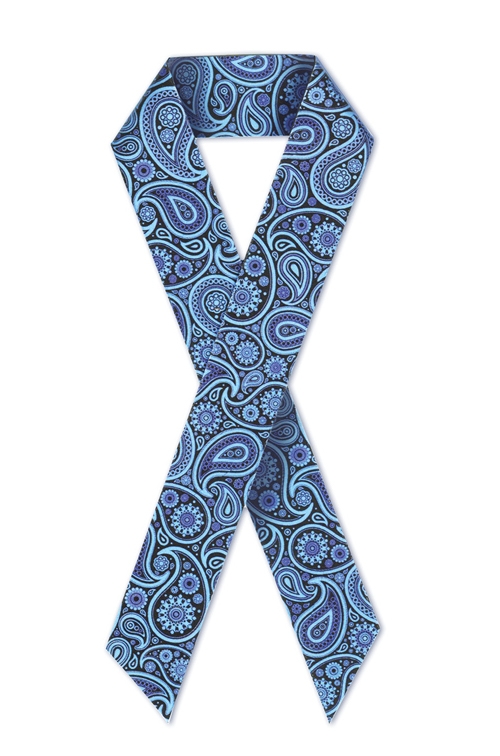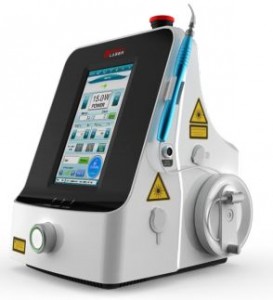Pediatric Adenoidectomy: Adenoid tissue is a lymphoid tissue which is responsible for the filtering mechanism for the foreign substances such as viral and bacterial load that comes to our body by breathing and swallowing. Adenoid tissue is one of the chain rings of Waldeyer’s circle. Waldeyer’s circle consists of pharyngeal tonsils, adenoid tissue and the tongue base tonsils. One or two of this chain can be removable due to right indication of surgery. Indication for surgery can be either due to frequent infections (adenoiditis), infections with complications (chronic sinusitis, otitis media, middle ear effusions) and also due to obstruc tion of the choanae(opening of the back of the nose). Infection frequency can be detected by a pediatrician and the patient usually referred by a pediatrician to an ENT specialist. History of infection frequency is enough for the surgeon to decide for the surgery. In case of obstruction history the patient will br brought to a doctor due to breathing problems such as snoring, mouth breathing during the day and at night, halitosis (bad odour from mouth), and teeth decays. If the upper air way obstruction takes longer time (more than 3 months) it will start to change the face anatomy. This situation will end up adenoid face. Adenoid face consists of dome type palate, distant upper teeth, open mouthed, the long looking, dumb-looking face.
We would like to avoid adenoid face formation. You should be alert for the open mouth and snoring situation in your child. If this situation continues more than a week you should admit to a pediatrician or ENT specialist. Allergic rhinitis status, infection possibilities have to be detected in the physical examination. If this situation cannot be returned to normal flexible nasopharyngoscopy is indicated. This non invasive method is the gold standard that allows us to assess the nasopharynx and the adenoid volume. If the volume is obstructing more than 80% of the choanae surgery is indicated in a 3 month or longer history of obstruction symptoms.
Surgery can be planned as adenoidectomy only but sometimes it can be with tonsillectomy and bilateral parasynthesis (incision of the tympanic membranes) with or without ventilation tube insertion.
All these surgical procedures can be done by conventional methods or by diode laser applications.
Pediatric Tonsillectomy: Pharyngeal Tonsils are chains of Waldeyer’s lymphatic circle. Their function is as the adenoid tissue but they are majorly responsible for the immune system to maintain the B lymphocyte cells for the memory of the immunity in adult hood. They have to stay as long as they are functional. But if the tonsils are obstructing the upper airway and getting infected frequently they have to be removed.
Surgical indication for tonsillectomy is more than 7 tonsillitis attack a year or 3 attacks for each following year more than three years. But if the tonsillitis attacks is usually complicated such as deep neck infection or peritonsillery abscess they have to be removed by tonsillectomy. For the childhood we recommend general anesthesia but in adults this procedure can be done by under local anesthesia if requested by the patient.
Total intravenous anesthesia is recommended for the pediatric surgical procedures. Recovery time is better with this technique. There are conventional and advanced laser surgery options for tonsillectomy procedures. We work with as a team. Our team consists of surgeon, surgery nurse, anesthetist doctor, anesthesia technician, ward nurse, Pathologist (added to our team if we have a specimen to be investigated).
Ventilation tube insertion: Ear drums are the doors of our middle ear. They transfer sound waves from air to the bony chain to conduct the sound to the inner ear sensory cells. Fluid can be collected in the middle ear by acute infections, tubal dysfunctions or by nasal obstructions. The fluid or pressure level of the middle ear can be followed by ENT specialist up to three months. In the final assessments of the tympanic membrane can revealed us that they need intervention. First recommended intervention is parasynthesis of the tympanic membrane. Due to the fluid aspirated from the middle ear we decide to insert or not to insert ventilation tubes. If we decide to insert tubes the ears have to be protected from water contact (we recommend individual ear plugs for each patient for the protection) until the tubes come out from the ear drum. This waiting period can be 6 months to a year. If the ventilation tubes did not come out from the drums we take them out after a year follow up.
In some cases we would like the ear to carry those tubes. This indication makes us insert T tubes for the tympanic membranes. These are usually indicated in adult age group not in children.















































